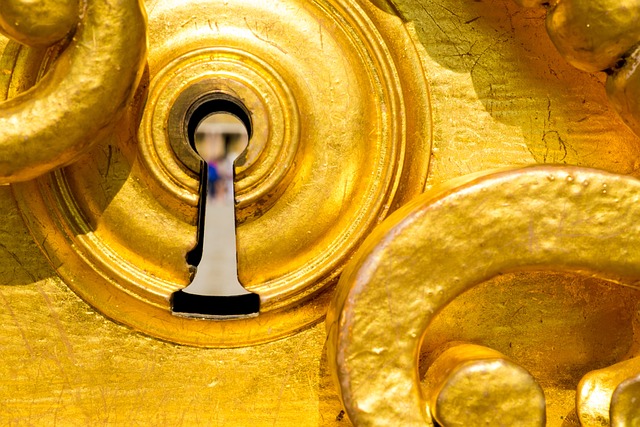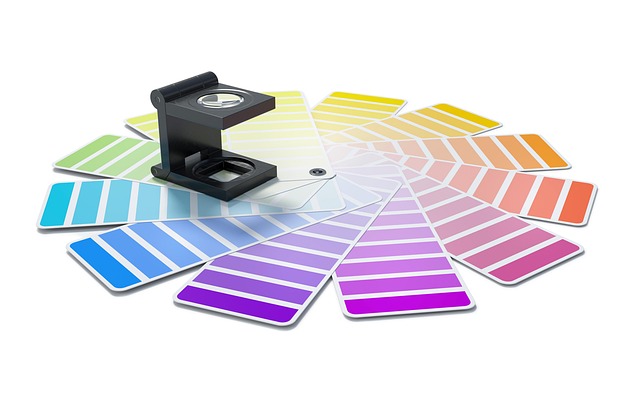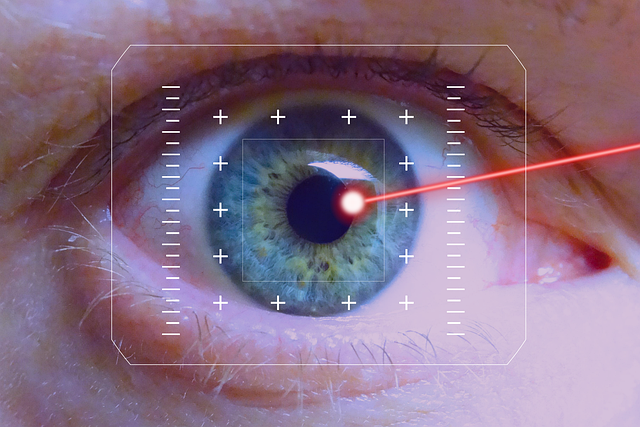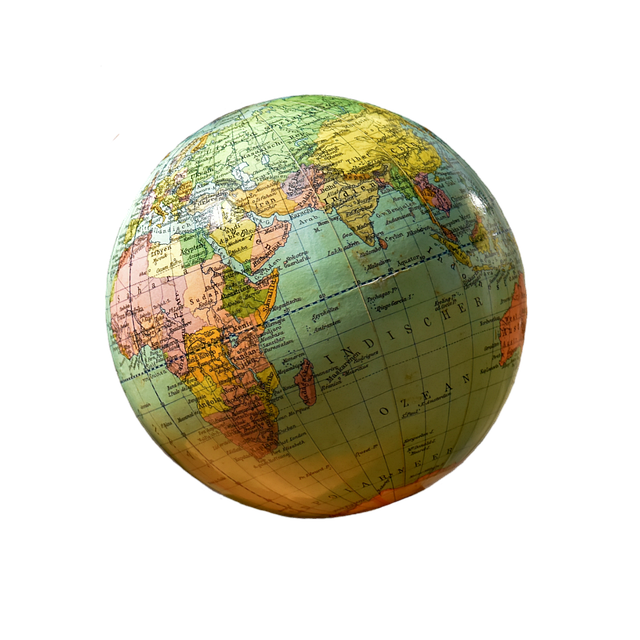In a world bursting with visual stimuli, where art and design blur the lines of creativity and interpretation, the role of accessibility stands at the forefront. Photography, as a medium, has the power to transcend barriers, offering a glimpse into diverse perspectives and emotions. But the question remains: how can we unlock creativity through accessibility in this captivating art form?
At its core, accessibility in photography is about enabling everyone to engage with the art, irrespective of physical abilities or technological resources. It’s about making sure that the diverse range of human experiences can be represented and appreciated. When we think about disability, it often conjures feelings of limitation. However, embracing accessibility reveals a vibrant world of adaptability and innovation. This shift in perspective is essential not only for photographers but for audiences who wish to savor the rich tapestry of visual storytelling.
A photographer who embraces this ethos may incorporate various techniques to make their work accessible. For example, employing descriptive captions allows visually impaired individuals to enjoy the artwork’s nuances. Meanwhile, enhancing contrast and ensuring good lighting can improve visibility for all viewers. These small yet significant adjustments can empower creativity and expand the audience for art, fostering a deeper connection to the craft.
Moreover, accessibility in design is equally vital. As artists, when we create online portfolios or exhibitions, it’s crucial to consider how visually impaired users engage with our content. Utilizing screen-reader friendly websites and ensuring mobile compatibility broadens the reach of our artistic expressions. This inclusion amplifies voices that might otherwise go unheard and enlightens all of us, teasing out the intricate beauty in our differences.
Incorporating accessibility into photography also fosters innovation in artistic approaches. Photographers may explore new narratives and styles that highlight resilience and adaptability, breathing life into stories that resonate broadly. This not only enriches the artist’s portfolio but encourages a more profound communal dialogue about representation and inclusion in visual arts.
Notably, the art of photography can serve as an invaluable tool for advocacy. Photographers with disabilities have an intrinsic understanding of the importance of representation and authenticity. By sharing their unique perspectives, they can challenge societal norms and bring attention to issues often overlooked. Their art becomes a powerful testament to resilience, inspiring change in attitudes and policies regarding accessibility in the broader creative landscape.
Ultimately, the synergy of accessibility, art, and design within photography crafts a world where creativity knows no bounds. It encourages an environment where every artist, regardless of their background or ability, can express themselves freely. By fostering this inclusive space, we not only empower artists but enrich our collective visual culture. Engaging with art becomes a shared experience—one that celebrates our differences and honors the profound stories embedded in every photograph.




